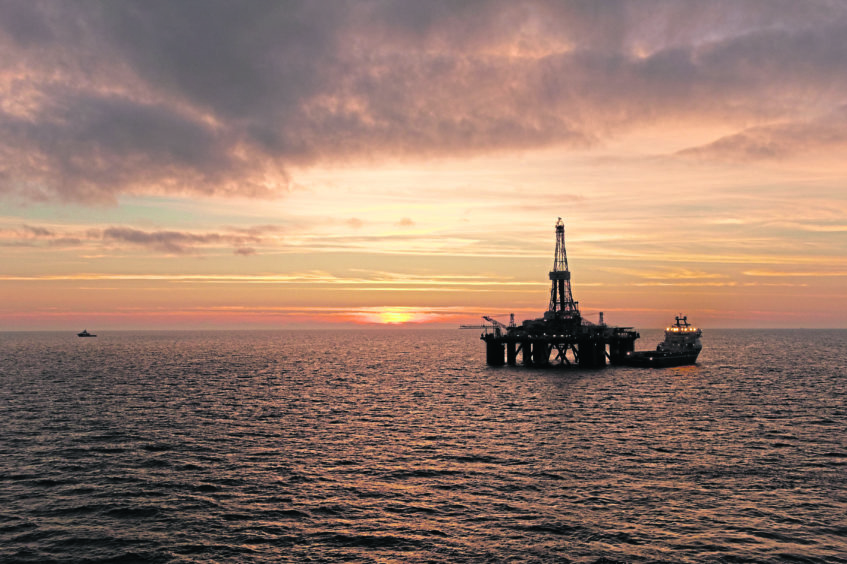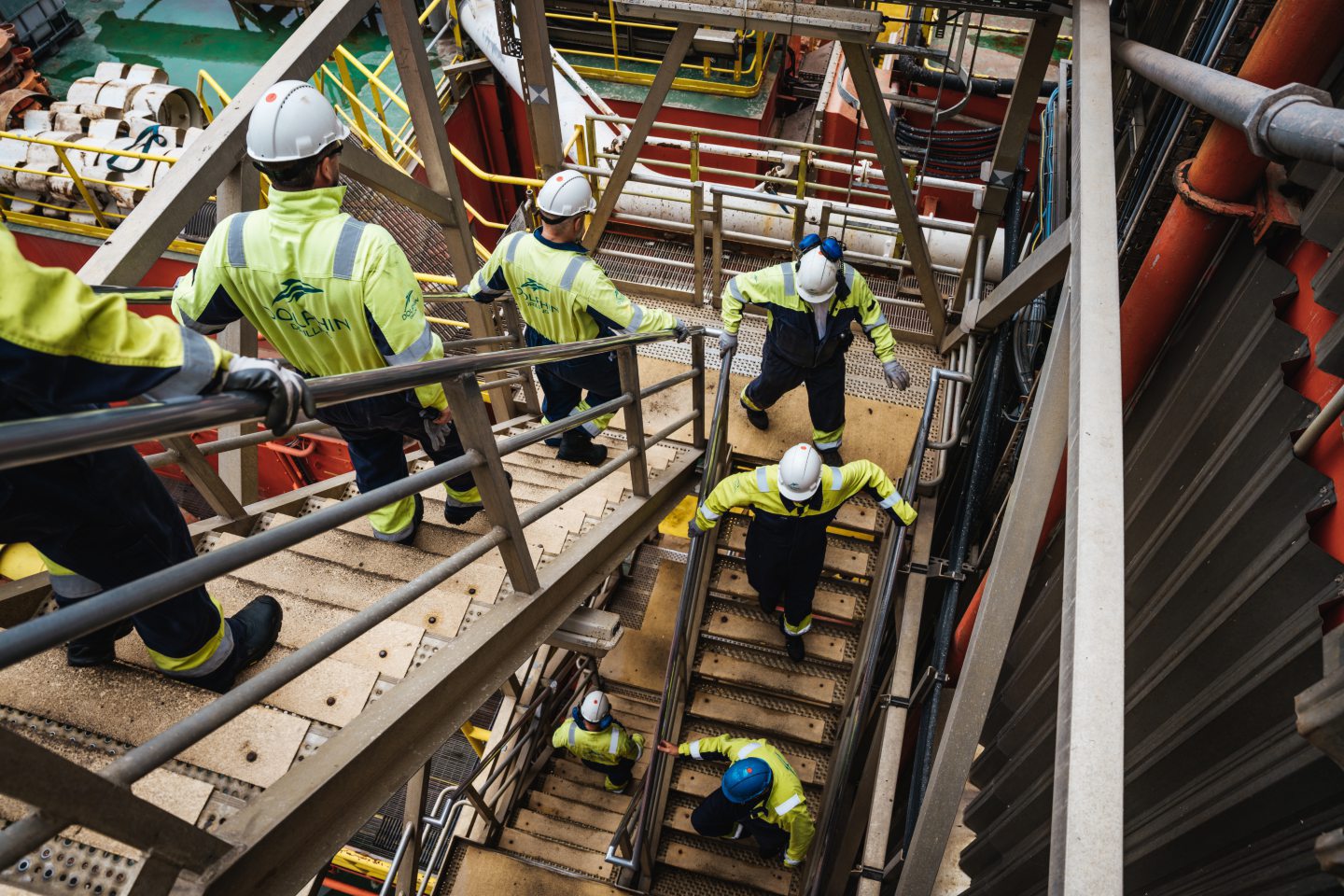
Drilling contractors will head to Westminster on Wednesday to make the case for stable and continued investment in the North Sea, lest the basin face an exodus of vital equipment and skills.
Representatives from the North Sea chapter of the International Association of Drilling Contractors (IADC) will meet with MPs to discuss how windfall taxes and a lack of UK activity is putting the region’s stock of drilling units in jeopardy.
“The main point we want to get across is the requirement for a stable fiscal policy and a regulatory framework that encourages investment,” explained Stena Drilling director and IADC member Dillan Perras, who will attend the British Offshore Oil and Gas Industry All-Party Parliamentary Group (APPG) meeting with association colleagues.
They also intend to make the case for a price floor within the Energy Profits Levy (EPL) – a longstanding request from the sector – and for incentives that would enable operators to bring forward decommissioning pipelines, ensuring work for the drilling fleet in the short and medium term.
It follows a statement published earlier this week in which the association called on both the UK and Scottish Governments to lead on cooperation to “ensure the sector takes a balanced, long-term approach to the energy transition”.
The group told Energy Voice that there is already a “migration” of rigs and equipment leaving the North Sea which, if it continues, would threaten the ability of operators and contractors to carry out new work in the basin.
More than 30 jack-up rigs have left Europe, Asia and the Americas for better opportunities in the Middle East in the last year, it said.
Meanwhile, Mr Perras pointed to major operators such as TotalEnergies and Harbour Energy who have signalled their intention to reduce or pull investment from the basin in the wake of the Energy Profits Levy (EPL), leading to a shrinking pipeline of work in the medium term.
“There isn’t sufficient work currently, given the policy changes and the reluctance to invest,” he continued.
“Without those significant investments, the drilling community, the drilling fleet don’t have the baseline activity to maintain the harsh-environment, specialised units that we have in the UK.
“Our rigs will end up where there is a demand for them – and without a demand here, that will dry up the industry in the UK.”
Semi-sub fleet at half capacity
The state of the North Sea activity pipeline is reflected in the rig market.
As of late January, utilisation rates for the 32 semi-submersible rigs across the basin – including Norway, Ireland, Denmark, Netherlands and the UK – stood at around 52%, with just six of the region’s 16 working units in UK waters.
For jack-ups, the figure is higher at 83%, with 11 of 25 working units in the UK, while platforms stand at around 63% utilisation.
Mr Perras said a half-used semi-sub fleet suggests the North Sea could have “almost double” the number of rigs working if there were suitable projects where they could be deployed. Yet without more work they are likely to face relocation.
“Those units will be and can be utilised in other parts of the world and by losing those units we lose the capability to add energy security or pay for the UK energy transition,” he added.
“Once those units go away, they won’t come back and there are no units being built to replace them.
“We’re looking at new units being available in 2028 and 2029. Nobody’s going to invest or build in harsh-environment units like that under the current outlook, so losing the capability then has a significant baseline impact on the operators here being able to expand – or even maintain – their production output.”
With that will come an inevitable impact on the roughly 200,000 jobs supported by oil and gas activity, the IADC says, as low utilisation begins to affect even seasonal offshore work.
“The bottom line with the rig fleet declining within the country is you’re losing the skilled labour and jobs for offshore workers, and the tax revenue that comes from that,” he added.
Decommissioning pipeline
Alongside requests for a price floor within the windfall tax, Mr Perras said allowing operators to offset decommissioning costs against otherwise taxable profits would enable drillers to keep “a significant portion” of the current units in the UK busy in the coming years while also tackling a sizable body of work.
More than 2,000 North Sea wells are set to be decommissioned over the next decade according to Offshore Energies UK (OEUK), at an average cost of nearly £8m per well.
While oil firms can already claim tax rebates from the UK Government on their decom costs, the incentive is not included within the provisions of the windfall levy.
“While companies are figuring out their exploration, appraisal and other investments, these decommissioning projects are sitting largely ready to go and could be utilised relatively quickly,” added Mr Perras.
“The problem with the investment side of the EPL is a large number of companies don’t have projects ready to go or significant enough to offset some of the large EPL liabilities.”
Over the longer-term, he said an “integrated road map” for the North Sea’s energy transition that includes hydrocarbons would also provide valuable certainty for operators, contractors and the workforce.
Without that certainty, ensuring enough drilling units to make good on the prospects of even the UK’s current licensing round may be difficult, given the lag time between awards, exploration and production.
“If the fleet isn’t here, by the time those licences are ready to drill then there won’t be the capability to do it,” Mr Perras noted.
“We may be trying to close the gate after the horse has bolted.”
Recommended for you

 © Supplied by Fredrik Helliesen/Do
© Supplied by Fredrik Helliesen/Do